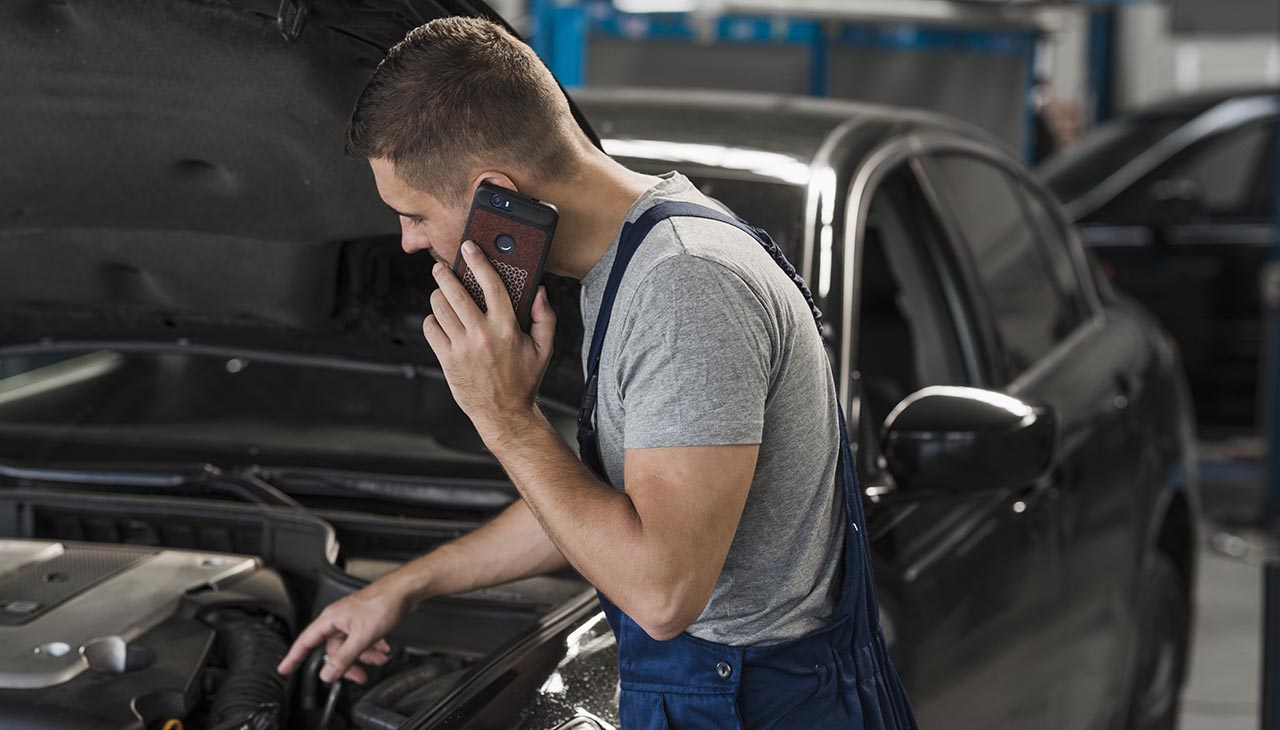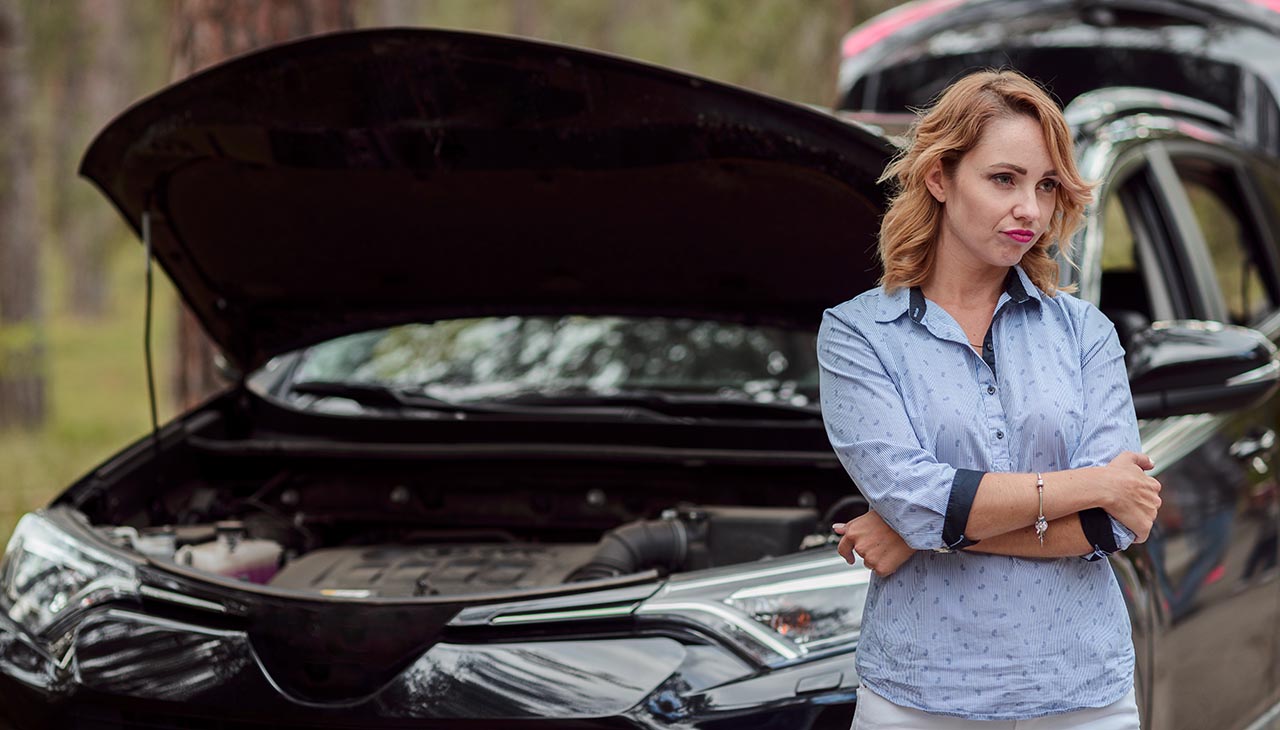Introduction
Dismantling a car for salvage can be a rewarding project for DIY enthusiasts, car aficionados, and salvage yard owners. Not only does it allow for the reuse of valuable parts and materials, but it also contributes positively to the environment by reducing waste. This comprehensive guide will take you through the entire process, from understanding the benefits of car salvage to safely dismantling and selling parts for profit.
The Benefits of Car Salvage and Dismantling
Environmental Benefits
One of the most significant advantages of dismantling a car for salvage is its positive impact on the environment. Recycling auto parts reduces the need for new parts manufacturing, which in turn lowers carbon emissions and conserves natural resources. Additionally, properly disposing of hazardous materials like engine oil and battery acid prevents environmental contamination.
Cost Savings
For DIY enthusiasts and car owners, salvaging parts from an old vehicle can offer substantial cost savings. Instead of purchasing new components, you can reuse perfectly functional parts, often at a fraction of the cost. This is particularly beneficial for older vehicles where new parts may be hard to find or expensive.
Reuse in the Automotive Industry
Salvaged parts are not only useful for individual projects but also play a crucial role in the automotive industry. Reputable salvage yards often supply parts to repair shops, helping to keep repair costs down and vehicles on the road longer.
Tools and Safety Equipment Needed
Essential Tools
Before you start dismantling your car, gather the following tools:
- Socket and wrench set: For removing bolts and screws.
- Screwdrivers: Both flathead and Phillips.
- Pliers and wire cutters: For handling wiring and small components.
- Jack and jack stands: To lift and secure the vehicle.
- Engine hoist: For safely removing the engine.
- Lubricants and penetrating oil: To loosen rusted or stuck parts.
- Pry bars and trim removal tools: For removing body panels and interior components.
Safety Equipment
Safety is paramount when dismantling a car. Equip yourself with the following gear:
- Safety glasses: To protect your eyes from debris.
- Work gloves: To safeguard your hands from cuts and abrasions.
- Steel-toe boots: To protect your feet from heavy objects.
- Coveralls or durable clothing: To shield your skin from oils, chemicals, and sharp edges.
- Ear protection: If using loud power tools.
Step-by-Step Dismantling Guide
1. Preparing the Work Area
Ensure you have a spacious, well-ventilated area to work in. Clear any clutter and lay down tarps or mats to catch small parts and fluids.
2. Draining Fluids
Begin by draining all fluids from the car, including engine oil, coolant, transmission fluid, brake fluid, and power steering fluid. Use appropriate containers and dispose of fluids responsibly.
3. Removing the Battery
Disconnect the battery terminals and remove the battery from the vehicle. Store it safely to avoid any chemical leaks.
4. Removing the Engine and Transmission
Using the engine hoist, carefully detach and lift the engine from the car. Next, remove the transmission. These are some of the most valuable and complex components, so take your time to avoid damage.
5. Dismantling Exterior Components
Remove body panels, doors, windows, and the hood. Start with larger panels and work your way down to smaller components like lights and mirrors.
6. Stripping the Interior
Remove seats, dashboard components, carpeting, and other interior parts. Be cautious of wiring and airbags, which can be hazardous.
7. Detaching the Suspension and Brakes
Take off the wheels, then proceed to remove the suspension components and brake system. These parts can be reused or sold separately.
8. Salvaging Smaller Parts
Finally, remove smaller parts like the alternator, starter motor, and other accessories. Label and organize these parts for easy identification later.
Sorting and Storing Salvage Parts
Properly sorting and storing salvaged parts is crucial for maintaining their condition and value. Here are some tips:
- Label Everything: Use tags or markers to label each part with its name and the vehicle it came from.
- Use Storage Bins: Place smaller parts in labeled bins to keep them organized.
- Keep Parts Clean: Wipe down parts to remove any grease or dirt before storing.
- Store in a Dry Area: Make sure your storage area is dry and free from moisture to prevent rust and corrosion.
Environmental Considerations
When dismantling a car, it’s essential to handle hazardous materials responsibly:
- Dispose of Fluids Properly: Take used fluids to a recycling center or hazardous waste disposal facility.
- Recycle Metal and Plastic: Separate metal and plastic components and take them to a recycling facility.
- Handle Airbags Carefully: Airbags contain explosive materials and should be handled by professionals.
Selling Salvaged Parts
Selling salvaged parts can be a profitable venture. Here’s how to get started:
- Online Marketplaces: Websites like eBay, Craigslist, and specialized auto parts forums are great places to list and sell parts.
- Local Salvage Yards: Many salvage yards buy parts directly from individuals.
- Social Media: Use platforms like Facebook Marketplace and Instagram to reach potential buyers.
- Networking: Connect with local mechanics and car enthusiasts who may be interested in purchasing parts.
Conclusion
Dismantling a car for salvage is a valuable skill that offers numerous benefits, from cost savings to environmental impact. By following this step-by-step guide and prioritizing safety, you can successfully dismantle a car and make the most of its reusable parts. Whether you’re a DIY enthusiast, car lover, or salvage yard owner, the knowledge and techniques shared here will help you navigate the process with confidence and efficiency.
Ready to get started? Gather your tools, gear up, and embark on your car dismantling project today. Happy salvaging!

